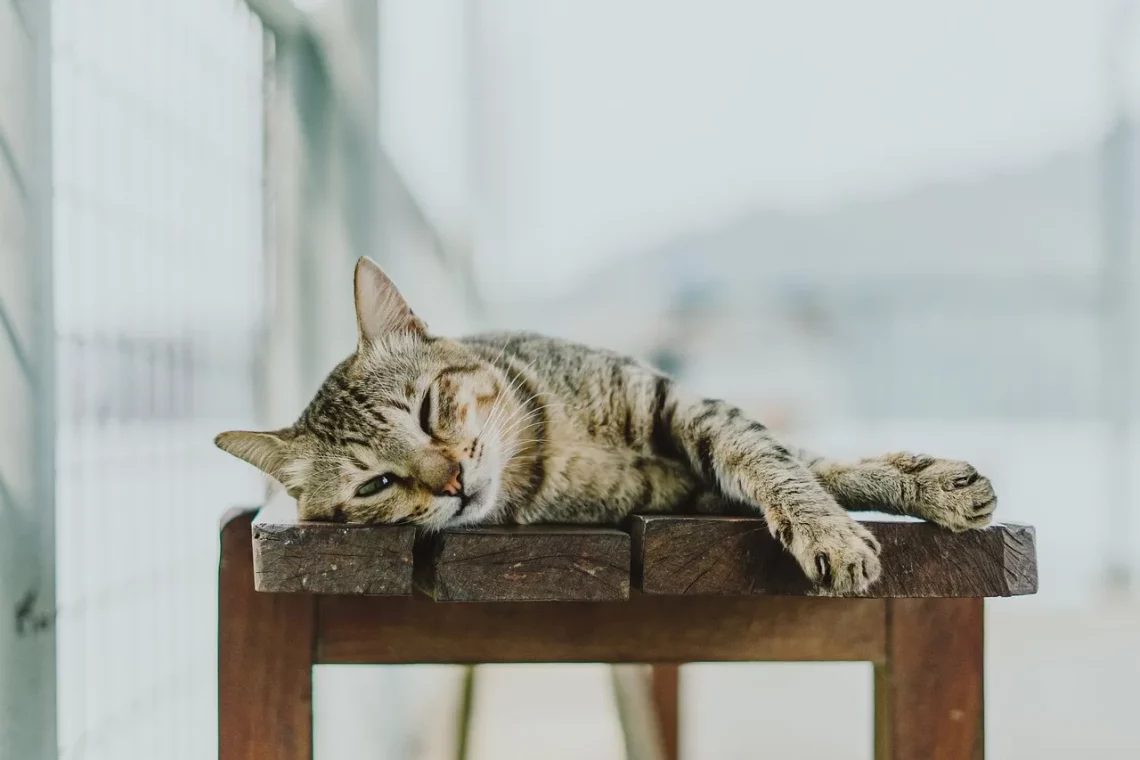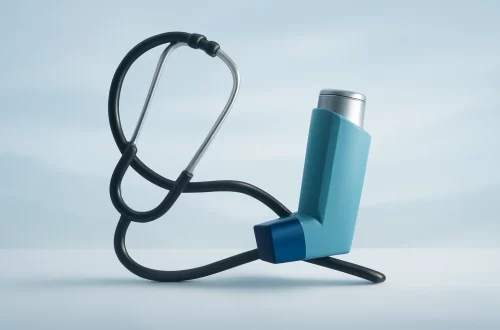-
Why Is My Dog Breathing Heavy While Sleeping? Understanding the Reasons
Heavy breathing in dogs while they sleep can be a source of concern for pet owners. It’s a phenomenon that can evoke worry, particularly when it occurs unexpectedly. Just like humans, dogs experience various stages of sleep, and their breathing patterns can change during these cycles. Understanding what constitutes normal versus abnormal breathing can help alleviate concerns. In the canine world, heavy breathing can be influenced by several factors, including breed characteristics, age, and overall health. For instance, certain breeds are predisposed to respiratory issues, while others may exhibit heavy breathing due to environmental factors or anxiety. It’s essential to remain observant and note any accompanying symptoms that might indicate…
-
Why Is My Dog Breathing Heavy While Sleeping? Understanding the Causes
Understanding your dog’s behavior can often feel like deciphering a complex code, especially when it comes to their health and well-being. One common concern among dog owners is when their furry friend seems to be breathing heavily while sleeping. This situation can be alarming and may prompt questions about what could be causing it. Heavy breathing in dogs during sleep can stem from various factors, some of which are completely normal, while others may indicate underlying health issues. Dogs, much like humans, experience different sleep stages, and their breathing patterns can vary significantly during these times. As a responsible pet owner, it’s essential to pay close attention to these behaviors,…
-
Understanding Fast Cat Breathing: Causes and When to Seek Help
Understanding the behavior of our feline companions can sometimes feel like an enigma, especially when it comes to their breathing patterns. Among the myriad of behaviors that pet owners observe, fast cat breathing, or tachypnea, can be particularly concerning. While cats are generally known for their calm demeanor and relaxed posture, any deviation from their normal respiratory rate can raise alarms. Cats typically have a resting respiratory rate of about 20 to 30 breaths per minute when calm. However, when this rate spikes, it may indicate underlying issues that need attention. Fast breathing can be alarming not just for the pet but also for the owner, as it may suggest…
-
Best Sleeping Position for Dogs with Collapsed Trachea Explained
Dogs are beloved companions, and their health and well-being are paramount for any responsible pet owner. One common health issue that affects many dogs, particularly those of smaller breeds, is collapsed trachea. This condition can cause significant discomfort and breathing difficulties, making it essential for owners to understand how to best support their pets. One often-overlooked aspect of managing a dog’s health is their sleeping position. Just as humans might adjust their sleeping habits for better comfort and health, dogs can also benefit from specific sleeping arrangements that alleviate pressure on their trachea. As you navigate the challenges of caring for a dog with this condition, it’s crucial to consider…
-
Best Sleeping Position for Dogs with Collapsed Trachea Explained
Dogs are beloved companions, and their well-being is a top priority for pet owners. One of the critical aspects of caring for a dog, especially those with specific health issues, is understanding how their sleeping position can impact their overall comfort and health. For dogs suffering from a collapsed trachea, the right sleeping posture can significantly alleviate discomfort and aid in their respiratory health. This condition, often seen in smaller breeds, can lead to coughing, breathing difficulties, and overall distress. As a pet owner, recognizing the signs of a collapsed trachea is crucial, but equally important is knowing how to provide your furry friend with the best sleeping conditions. Different…
-
Understanding Why Your Dog Is Breathing Fast and What to Do
Understanding why your dog is breathing fast can be concerning for any pet owner. Rapid breathing, or tachypnea, can occur for various reasons, some of which may be benign while others might indicate a more serious health issue. As a dedicated dog owner, it’s crucial to be observant and informed about your furry friend’s well-being. Dogs cannot communicate their discomfort as humans do, making it essential for owners to recognize signs that may indicate a need for attention. Breathing is a vital function for all living beings, and changes in your dog’s breath can signify a range of conditions, from excitement and anxiety to physical ailments. Factors such as heat,…
-
Understanding Dog Barrel Chest: Causes, Breeds, and Care Tips
Understanding dog barrel chest is an essential topic for dog owners and enthusiasts alike. This physical characteristic is often seen in various breeds, and while it may seem merely aesthetic, it can have significant implications for a dog’s health and overall well-being. The barrel-shaped chest is not just a trait; it reflects how a dog’s body is built, influencing their breathing, stamina, and susceptibility to certain health conditions. In many cases, dogs with a barrel chest are bred for specific purposes, such as hunting or herding, where their physical attributes can enhance their performance. However, understanding the underlying causes of this body structure, the breeds that typically exhibit it, and…
-
Understanding Heavy Breathing in Cats: Causes and Solutions
Heavy breathing in cats can be a concerning symptom for pet owners, often leading to anxiety and questions about the health of their feline companions. Unlike humans, cats have a unique respiratory system, and their breathing patterns can vary significantly depending on a multitude of factors. While cats are generally agile and stealthy creatures, any noticeable change in their breathing can indicate underlying health issues that may require attention. Understanding the complexities of a cat’s respiratory function is essential for identifying potential problems early on. Various elements, including environmental factors, stress, and health conditions, can influence how a cat breathes. As a responsible cat owner, being alert to these changes…
-
Understanding Why Your Cat is Breathing Quickly and What to Do
Understanding why your cat is breathing quickly can be a source of concern for many pet owners. Rapid breathing, known medically as tachypnea, can be alarming, especially when you notice your cat appearing stressed or in distress. Cats are often masters at hiding discomfort, so any change in their normal behavior, including their breathing patterns, can signal an underlying issue. Understanding the nuances of feline respiration is essential; it can provide insights into your cat’s health and well-being. While cats typically breathe between 20 to 30 breaths per minute at rest, an increase in this rate can indicate various conditions, ranging from mild to severe. As a pet owner, it’s…
-
Understanding Cat Heavy Breathing: Causes and Solutions
Heavy breathing in cats can be a concerning phenomenon for pet owners. Unlike their human counterparts, cats generally exhibit a calm demeanor, and any deviation from this norm can raise alarms. Breathing is a vital function, and when it becomes labored or deep, it can indicate underlying health issues that require attention. Understanding the nuances of feline respiration is essential for every cat parent. Cats have a unique respiratory system that is quite different from other animals. Their breathing patterns can change due to various factors, including environmental influences, emotional states, and physical health. Heavy breathing, also known as dyspnea, can be caused by a range of conditions, from anxiety…





































